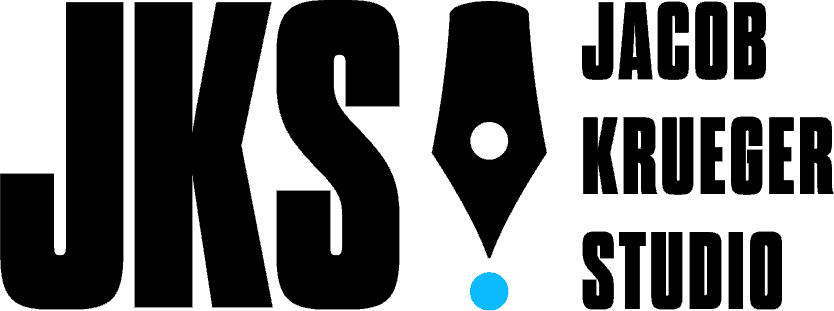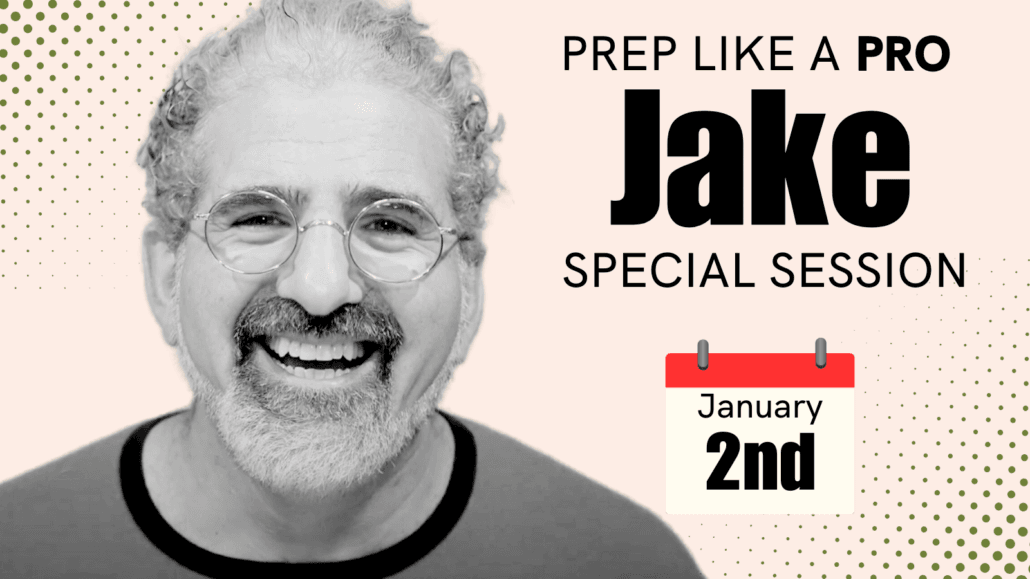[spb_text_block pb_margin_bottom=”no” pb_border_bottom=”no” width=”1/1″ el_position=”first last”]
What’s Wrong With Three Act Structure?
By Jacob Krueger
[/spb_text_block] [divider type=”thin” text=”Go to top” full_width=”no” width=”1/1″ el_position=”first last”] [spb_text_block pb_margin_bottom=”no” pb_border_bottom=”no” width=”1/1″ el_position=”first last”]
A long time ago, in a galaxy far far away, a man named Syd Field wrote a book called Screenplay. Syd took the world’s greatest screenplays, and broke them down into his now famous three-act structure, identifying the elements that made them work, and showing aspiring screenwriters a simple way to emulate those elements in their own scripts.
Hollywood was never the same.
Suddenly, every production executive, aspiring screenwriter, script consultant and screenwriting teacher had a magic formula for success. All they had to do was copy Syd Field’s magical three act formula and surely their movie would be as successful as the films that inspired it.
Three act structure broke screenwriting into three simple acts of creation:
ACT ONE: the beginning.
ACT TWO: the middle.
ACT THREE: the end.
And then, Syd rested. And said it was good.
There was only one problem. It didn’t actually work.

As brilliant as three-act structure was for describing finished drafts, and as much valuable information as Screenplay contained, as a tool for developing new material, it was often disastrous. Writers using three-act structure tended to find themselves “lost in the second act,” wandering in a 60 page wasteland of plot, without the slightest sense of how it all related to their character’s journey. Producers imposing three-act structure in script development often landed their most promising material in “development hell“– the dreaded place where screenplays go to die once they’ve been “perfected” to a point where absolutely no one wants to make them.
How is it possible that a structure based upon the most successful screenplays in history could prove so completely counterintuitive when it came to creating new work?
Simple. Syd Field’s approach to writing doesn’t work because nobody actually writes that way. Writing is a messy, complex, and intuitive process. A fascinating dance between the editing and creative parts of the writer’s mind. It doesn’t work in a straight line. It works in ever expanding circles. It’s one thing to look at a screenwriting masterpiece, identify the beginning, middle and end, and reverse engineer the structure that holds it all together. It’s quite another to start with the blank page, a rough draft, a great idea, or a compelling character and organically discover the great story that lies within.
That’s why I developed Seven Act Structure.
Seven Act Structure takes your focus off of rigid formulas and critical ideas, and puts it back where it belongs: on creating the most compelling journey for your main character. It breaks down the movement of your story into manageable chunks, so that you can wrap your head around the complexities of your character, and their journey, without feeling overwhelmed by all you’re trying to accomplish. And most importantly, Seven Act Structure honors the intuitive and mysterious nature of the writers craft, allowing you to develop your story organically, one step at a time, even when you don’t know exactly where it’s leading.
[/spb_text_block]



